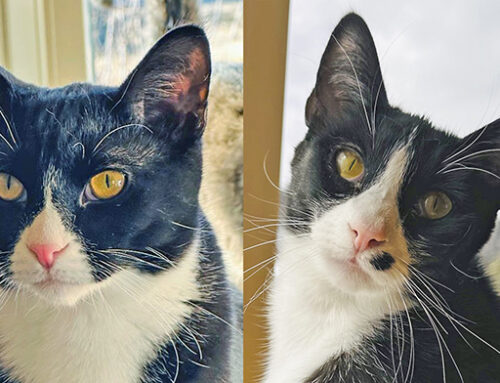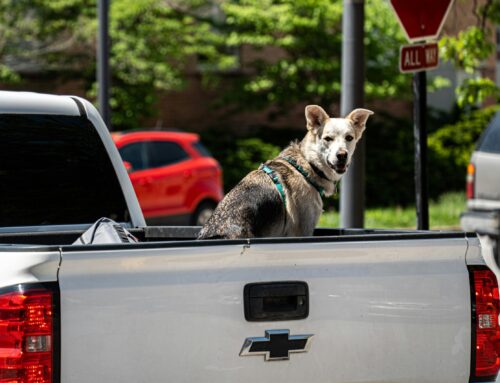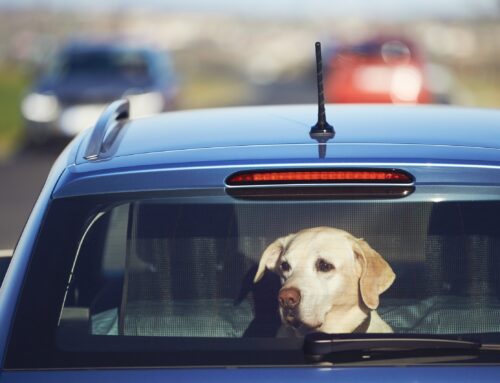According to the Humane Society of the United States, only 2 to 5 % of the millions of lost cats entering shelters annually nationwide are reunited with their owners. This is mainly because cats do not arrive at shelters with secure identification to get them returned to their homes. Compare this to dogs, reunited with owners at eight times the rate that cats are (only 14% of cats arriving at shelters have i.d. as compared to 43% of dogs).
Why the crisis and why the disparity between dogs and cats? Are dog parents more responsible than cat parents? Do they care more than cat parents? No way. It appears to simply be a lack of education of the importance of providing i.d. for your cat, and an understanding of the proper and safe means of doing so.
Some cat owners feel that if they have an indoor cat they don’t need the pesky collar, while others are turned away by the “fit of contempt” that often takes place from first time feline collar experiences. The realities are that indoor cats escape and become lost, while, if properly fitted, cats quickly adjust to new collars (and I recommend brightly colored break-away or elastic stretch collar that allows you to slide two fingers between the collar and the cat’s neck).
Another reason that cat parents avoid collars is from concern of the collar getting caught on something and choking or hanging the cat. The response from the animal welfare industry is simply that the risk of this happening is far less than that of your cat becoming lost and unable to find its way home. Shelter folk say these concerns are overblown, especially considering how many lost animals are euthanized across the nation because their families cannot be found.
For those really having a difficult time convincing themselves and their cat that a collar with i.d. is an agreeable solution, Second Chance Humane offers a great (if not preferable) alternative – the micro-chip. These minute devices, rather painlessly implanted in the subcutaneous layer of the pet’s skin, are really the best protection for a lost cat. Second Chance’s Community Medical Clinic offers microchipping for as low as $10, so cost is no longer a barrier to getting this done.
In a review of 53 shelters, across 23 states, return rates of cats to owners was found to be 20 times higher for cats with microchips. This form of safety net can still be sabotaged by human error – such as by not maintaining a current address and contact information in the database that the microchip is linked to. So add that to your to-do list if needed.
About Us.
In the 16 years of Pet Columns there has never been a column that has been co-authored, until now. I would like to introduce my bestie Sassy. She is 7 and asks me every day when our new family will give us a Home for the Holidays. She wants you to know that she is smart and did all the research for this Pet Column.
My name is Ebony. I am 10 and can’t wait to meet my new family, but I can’t imagine life without Sassy so we are waiting it out until someone with space in their heart and home can adopt us together. Come meet us today!
Second Chance Humane Society’s Animal Resource Center and Thrift Shops have been servicing San Miguel, Ouray & Montrose Counties for 27 years. Call 626-2273 to report a lost pet, learn about adopting a homeless pet, or about our Emergency Response, Community Medical, Spay/Neuter, Volunteer, or other services. Submit questions to the Pet Column at: kelly@adoptmountainpets.org. View our shelter pets and services online: www.adoptmountainpets.org.







Leave A Comment